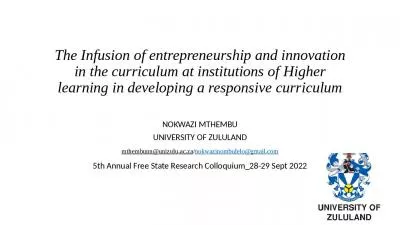PPT-Writing Across the Curriculum
Author : contessi | Published Date : 2020-06-24
By David Horton What is WAC Writing in all subject areas rather than only English L anguage Arts Class Focuses on Content Knowledge Assessment Content Specific
Presentation Embed Code
Download Presentation
Download Presentation The PPT/PDF document "Writing Across the Curriculum" is the property of its rightful owner. Permission is granted to download and print the materials on this website for personal, non-commercial use only, and to display it on your personal computer provided you do not modify the materials and that you retain all copyright notices contained in the materials. By downloading content from our website, you accept the terms of this agreement.
Writing Across the Curriculum: Transcript
Download Rules Of Document
"Writing Across the Curriculum"The content belongs to its owner. You may download and print it for personal use, without modification, and keep all copyright notices. By downloading, you agree to these terms.
Related Documents


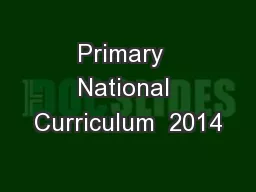
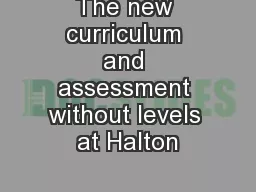
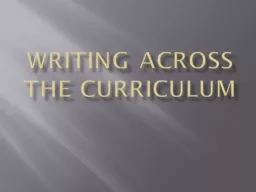
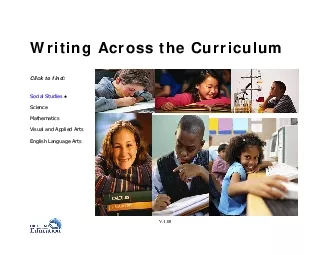
![[EBOOK] - Guided Reading, Second Edition: Responsive Teaching Across the Grades](https://thumbs.docslides.com/900920/ebook-guided-reading-second-edition-responsive-teaching-across-the-grades.jpg)
![[READ] - Content Area Reading: Literacy and Learning Across the Curriculum](https://thumbs.docslides.com/901200/read-content-area-reading-literacy-and-learning-across-the-curriculum.jpg)
![[DOWNLOAD] - 180 Days of Writing for Sixth Grade - An Easy-to-Use Sixth Grade Writing](https://thumbs.docslides.com/901243/download-180-days-of-writing-for-sixth-grade-an-easy-to-use-sixth-grade-writing-workbook-to-practice-and-improve-writing-skills.jpg)
![[READ] - 180 Days of Writing for Fifth Grade - An Easy-to-Use Fifth Grade Writing Workbook](https://thumbs.docslides.com/901394/read-180-days-of-writing-for-fifth-grade-an-easy-to-use-fifth-grade-writing-workbook-to-practice-and-improve-writing-skills.jpg)
![[EPUB] - 180 Days of Writing for Second Grade - An Easy-to-Use Second Grade Writing Workbook](https://thumbs.docslides.com/901424/epub-180-days-of-writing-for-second-grade-an-easy-to-use-second-grade-writing-workbook-to-practice-and-improve-writing-skills.jpg)
![[EBOOK] - Hands Down, Speak Out: Listening and Talking Across Literacy and Math](https://thumbs.docslides.com/901787/ebook-hands-down-speak-out-listening-and-talking-across-literacy-and-math.jpg)
![[EPUB] - Development and Assessment of Self-Authorship: Exploring the Concept Across](https://thumbs.docslides.com/906781/epub-development-and-assessment-of-self-authorship-exploring-the-concept-across-cultures.jpg)
![[EPUB] - The Dual-Credit Phenomenon!: Challenging Secondary School Students Across 50](https://thumbs.docslides.com/907371/epub-the-dual-credit-phenomenon-challenging-secondary-school-students-across-50-states.jpg)
